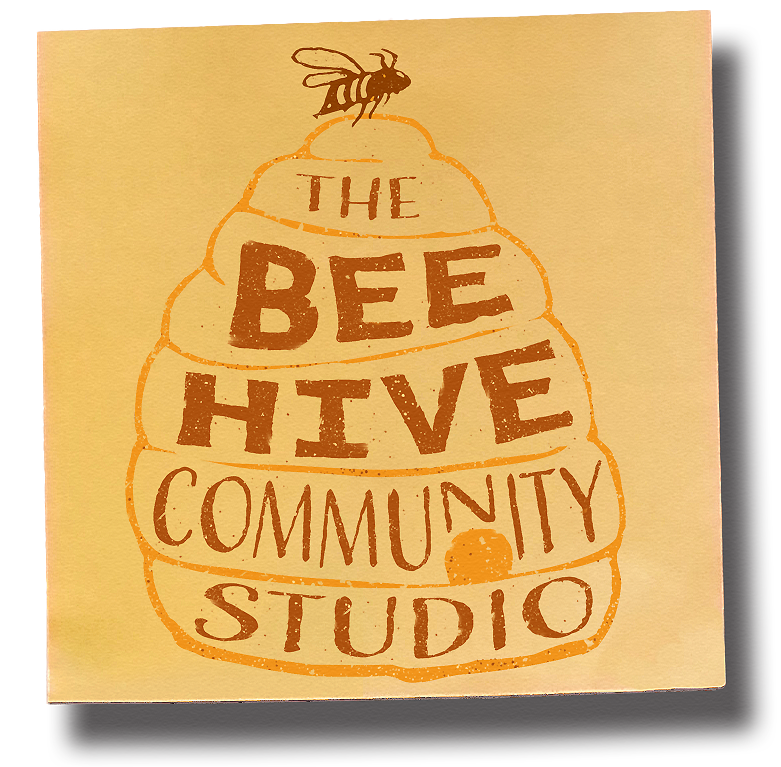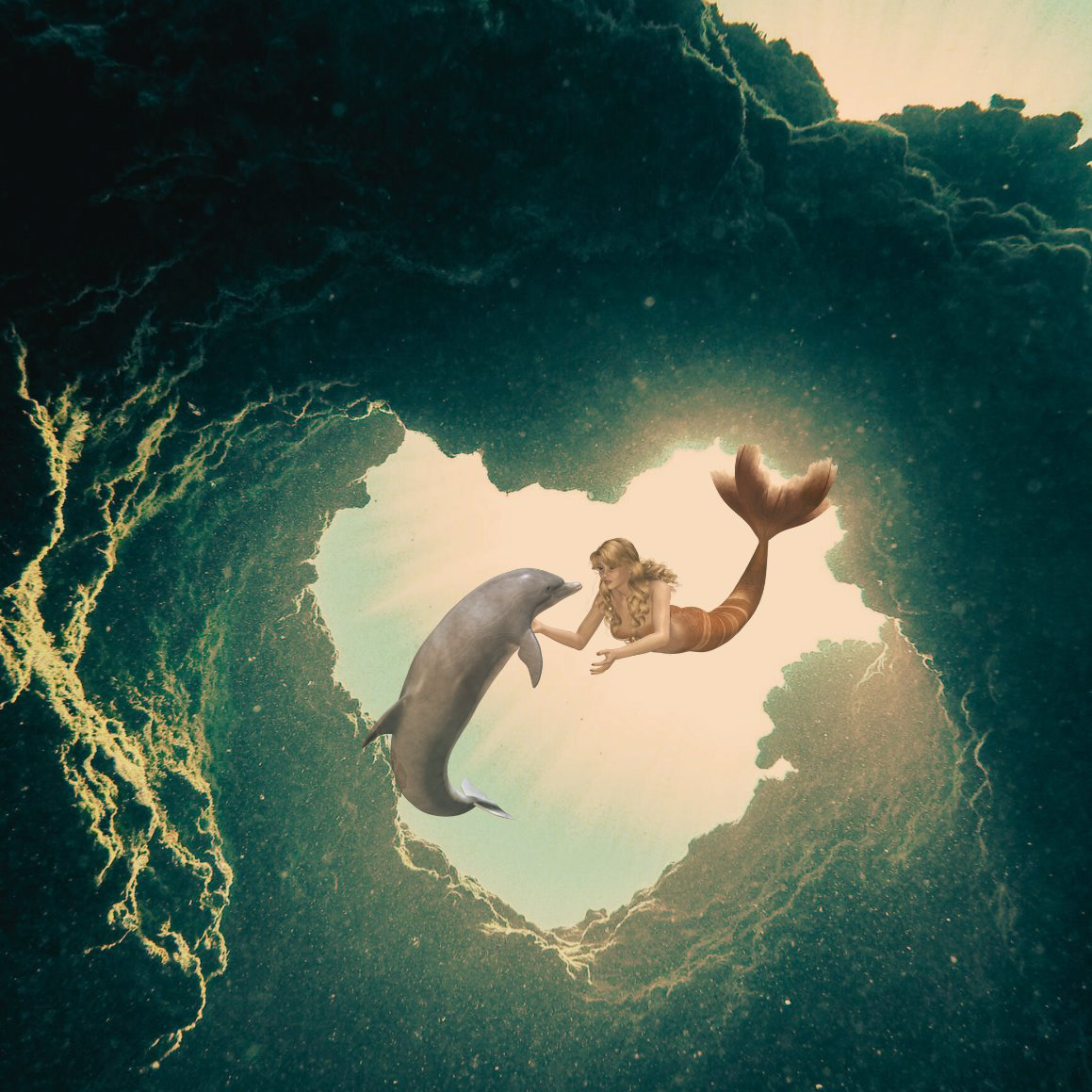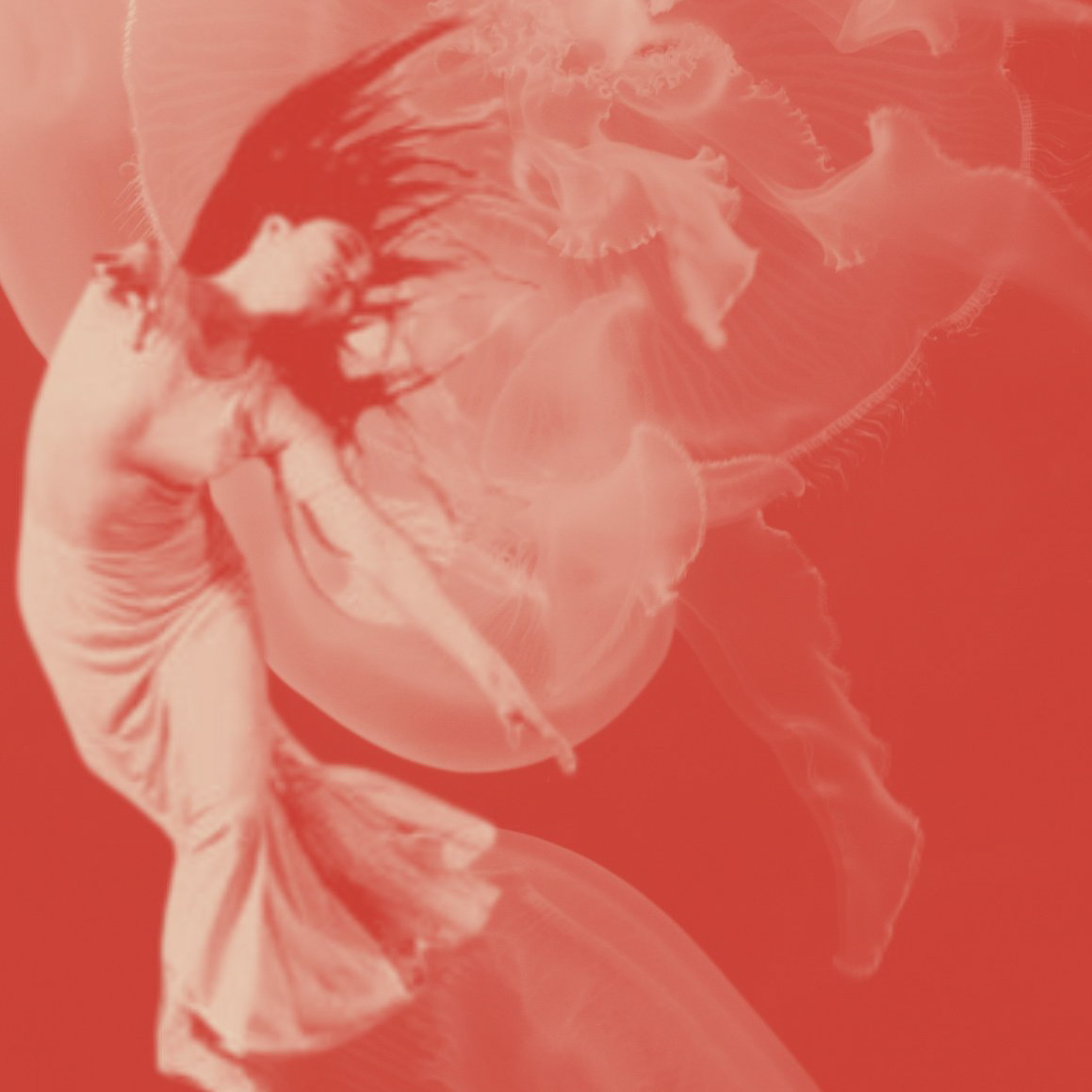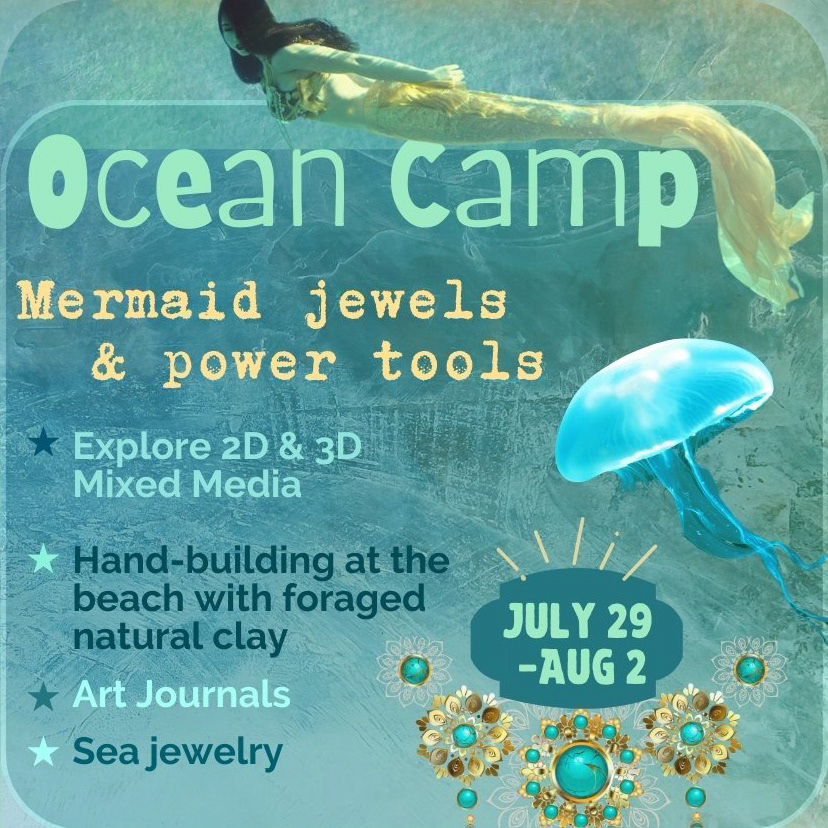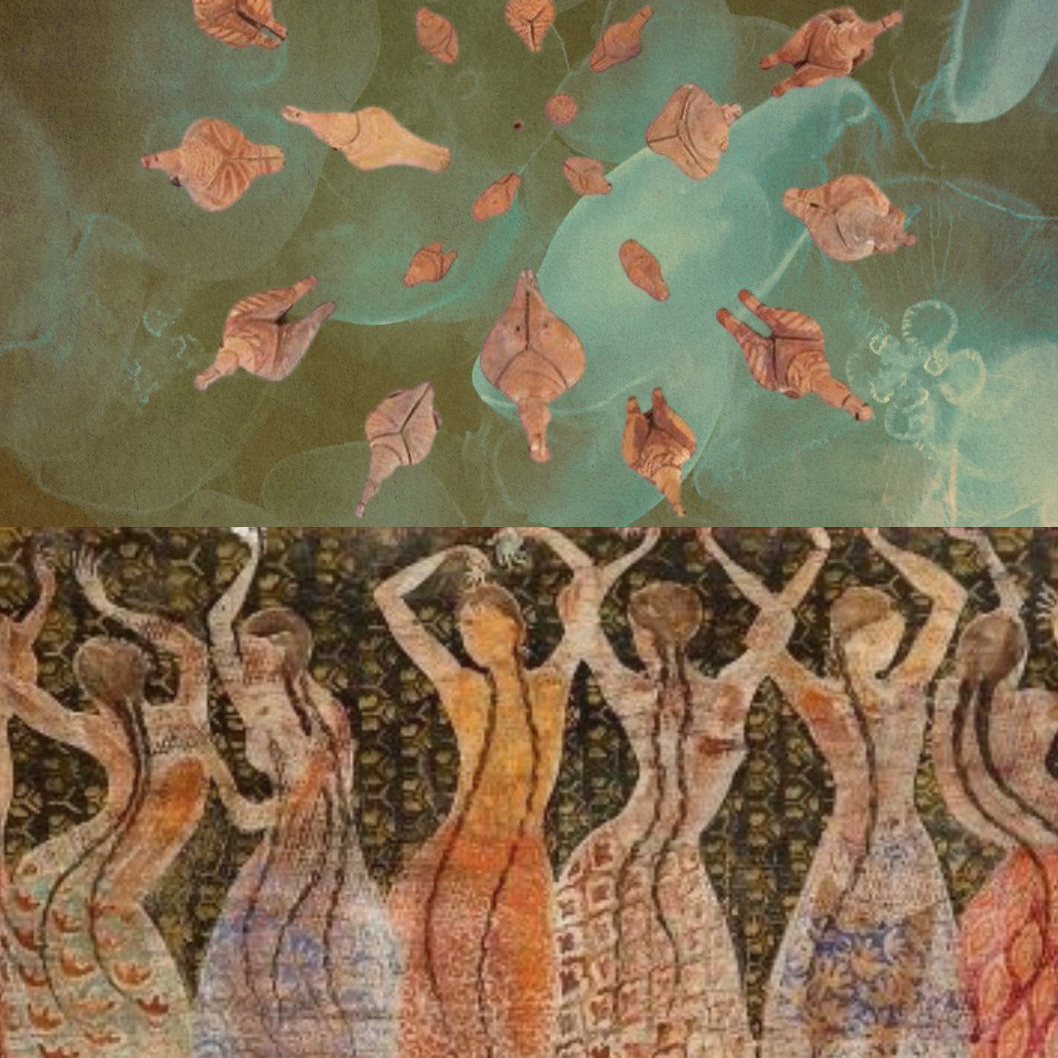Lady Winter By Phoebe Wahl
Folk Art Revival Series - The Art of Mother’s Night
Winter Sun Mothers: Slavic Rohanitsa and Baltic Saule
Saturdays, Nov 23, Dec 7, Dec 14 | 11am - 1pm
$90 (registration link at bottom of page)
________
Meditate on the sacred stillness of winter this year with creative inspiration from the European ancestral grandmothers.
This class will begin with a visual talk about the folk history and iconography of European Mother's Night with a focus on the Slavic and Baltic lands where Rohanitsa and Saule come from.
*Read more about Rohanitsa and Saule at bottom.
Class structure
We’ll work with a wide variety of media including gouache, watercolor, gelli printing, and collage. This project will be light and playful, approachable for people of all skill levels, and all art supplies will be provided.
Participants can choose to focus on a larger mixed-media painting or on smaller scale art for holiday cards and gifts along folk art themes of the Winter Sun Mothers, or any other Mother's Night motif, like the Tree of Life, birds, etc...
_______
In many parts of Europe the twelve days around Winter Solstice were originally called Mother’s Night. These dark, still nights of winter were considered a sacred and potent time between worlds. Rather than the sole focus on the new sun being born at Solstice, European ancestors focused on the one birthing the sun and supported her. They participated by honoring the ancestral grandmothers with offerings, and then listening for stirrings of new life in their imaginations, dreams, and visions.
*Read more about Rohanitsa and Saule below.
Embroidery of Rohanitsa
Mother Winter Fairy by Josie Wren
Traditional Ukrainian Hearth
About Rohanitsa
“The Slavic winter-goddess Rozhanitza (Rohanitsa) was a Sun-mother who carried the sun across the sky in the antlers of a supernal reindeer. She was known to Anglo-Saxons as Mōdraniht wearing candles in her crown. She occasionally appears in Victorian and modern Christmas cards as Mother Christmas in a reindeer-drawn sled and can be identified with Mrs. Claus. In modern portraits and in traditional Slavic embroidery she tends to be shown with deer antlers, though in lingering folktales she rides with the sun in a chariot made of antlers, or upon a reindeer's back as it carries the sun in its (her) antlers.”
“For her feast day in late December (most likely Solstice) white iced cookies shaped like deer were given as presents or good luck tokens, and red and white embroidery depicting her image were displayed. These cookies were originally small three-dimensional figures, most often shaped in the form of reindeer (and birds, fish, bears, flowers, stars, and trees – images associated with the ancient goddesses of the land)"
–Danielle Prohom Olson and Jessica Amanda Salmonson.
About Saule
“Many winter goddesses in northern legends were associated with the solstice. They took to the skies led by a bevy of flying animals. One tells of Saule, the Lithuanian and Latvian goddess of the sun. She flew across the heavens in a sleigh pulled by horned reindeer and threw pebbles of amber (symbolizing the sun) into chimneys. She was one of the most powerful divinities in antiquity with rule of life, fertility, health, a protector of orphans and the downtrodden. She is portrayed in artwork as a golden-haired woman richly dressed in shining golden silks, a golden cloak around Her and gold crown. Bees also represent Saule as they produce the golden honey, like liquid sunlight. She is often represented with wheel shaped sun discs. Solar crosses dot the landscape in Lithuania. Amber is sacred to Her.”
–Jessica Amanda Salmonson and Diane Horton
dreaming the ways of Elen by Wendy Andrew
